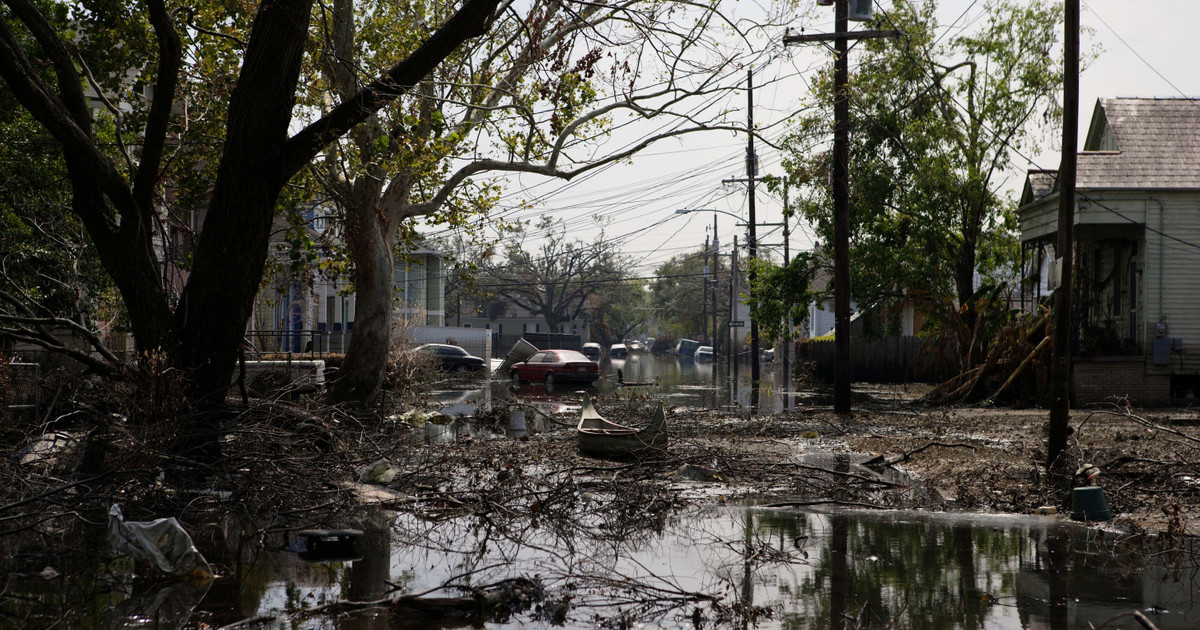- cross-posted to:
- news@lemmy.world
- news@lemmy.world
- cross-posted to:
- news@lemmy.world
- news@lemmy.world
Another great American migration is now underway, this time forced by the warming that is altering how and where people can live. For now, it’s just a trickle. But in the corners of the country’s most vulnerable landscapes — on the shores of its sinking bayous and on the eroding bluffs of its coastal defenses — populations are already in disarray.
Several years after Katrina, Colette sat in a community auditorium to hear a team of professors describe the coming sea level changes to the people who lived in the parish. The professors showed a series of time-lapse satellite images of a receding and flooded shoreline. It was something already well-known to researchers, but this was the first time Colette recalls it being shown to the people living in the places that were to be affected. “You see your community is going, and they tell you that this is going to happen no matter what,” Colette said. “So even if we are successful in what we do next, we will lose those places. I couldn’t believe what I saw, that this place I hold so dear and that I have such a long memory of, all of those stories are going to go. Who I am and what I am describing is going to be lost. It’s surreal. That land for me and the right to be there was tied to our freedom. It was the difference between being enslaved and not. And to lose that was to lose everything.”


